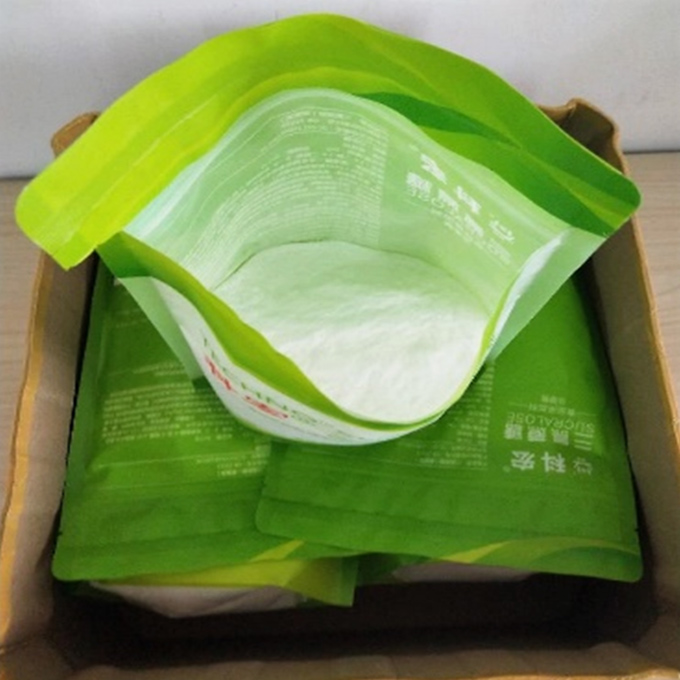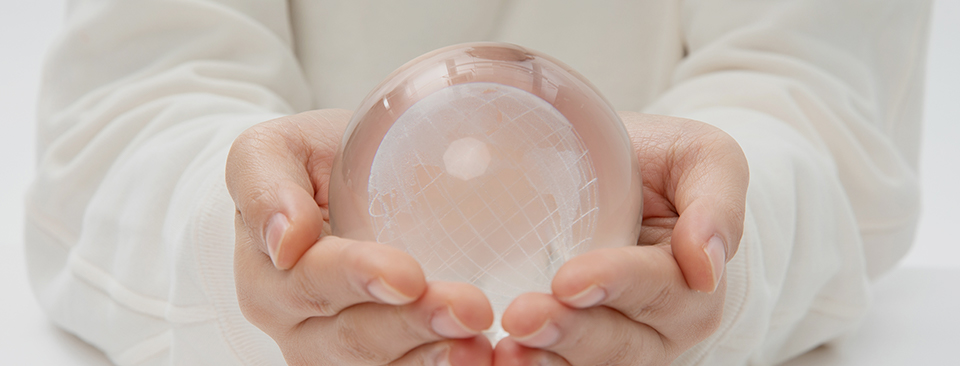
Sucralose® is a non-caloric, high-intensity sweetener. It is roughly 600 times sweeter than sucrose and safe for use as a sweetening ingredient.
Characteristics
• No calories and no nutritional value
• 500-600 times sweeter than sugar
• Excellent stability, good acid-alkali resistance and high thermal stability
Chemical name: 1,6-Dichloro-1,6-dideoxy-β-D-fructofuranosyl-4-chloro-4-deoxy-α-D-galactopyranoside
Synonyms: 1′,4,6′-Trichlorogalactosucrose; Trichlorogalactosucrose; TGS
Molecular formula: C12H19C13O8
Applications
• Food: dairy products, chewing gum, ice cream, confectionery, breakfast cereals, jelly, puddings, fillings, candies, processed fruits, sauce, jam, etc.
• Beverages: carbonated beverages, sparkling water, tea drinks, juice, powdered drinks, soft drinks, wine, beer, etc.
• Personal health: cough drops, mouth rinse, toothpaste, etc.
• Pharmaceuticals, nutritional dietary supplements and others
Benefits
For consumers:
• Healthy choice and substitute for weight control
• Similar taste to real sugar
For finished good manufacturers:
• Following sugar reduction trends
• Raw material and operational cost reduction
For the planet:
• Reduce the acreage under sugarcane cultivation
• Reduce transport to reduce carbon emissions
Safety
Currently, sucralose is widely permitted for use in over 100 countries. It is predicted that global sucralose market size worth USD 880 million by 2025.
• 1991: Sucralose was first approved for use in Canada
• 1993: Approved in Australia
• 1996: Approved in New Zealand
• 1998: Approved in United States
• 2004: Approved in European Union
• 2006: US Food and Drug Administration made a revision for sucralose. In food regulations, sucralose is used as a "non-nutritive sweetener" in food.
• 2008: Sucralose was approved in over 80 countries, including Mexico, Brazil, China, India, and Japan. The safety of sucralose is supported by scientific studies conducted over a 20-year period.

ADD: ROOM 1422,NO.5 BUILDING,NO.616,YUNFEI ROAD,NINGBO,CHIAN
TEL: +86-574-87792176
E-MAIL: sales@nb-asic.com